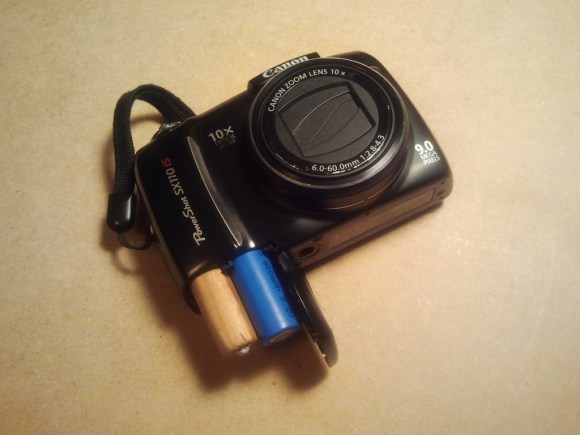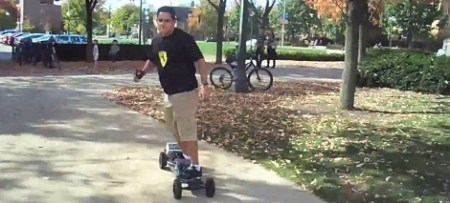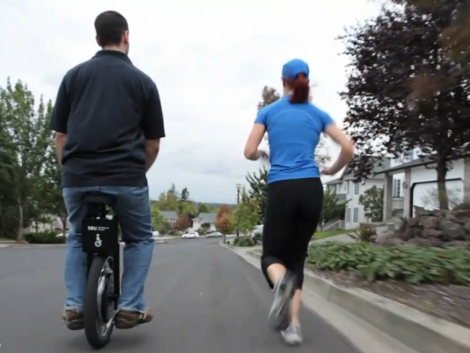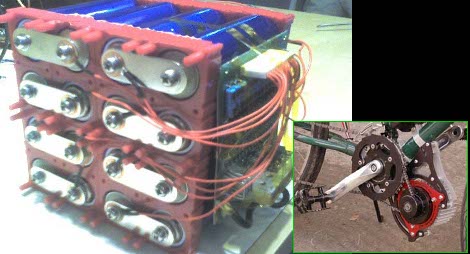
We agree with [Zapmaker] that Canon cameras chew through nickel metal hydride batteries. But we’re not going to use Alkaline because we think it’s wasteful. His solution is to use a battery that has a higher voltage rating. What you see here is a single lithium iron phosphate cell paired with a dummy cell to increase life between charges.
The reason that NiMH batteries don’t last very long is that they’re only rated at 2.4V. It won’t take long for that voltage to drop below the camera’s cutoff threshold since they didn’t start very high to begin with. But a single LiFePO4 cell has the same form-factor but produces 3.2V and maintains voltage well through it’s discharge cycle.
The size is right, but using one cell won’t work by itself. He built a filler for the other slot which is just a wood dowel with a screw all the way through it. The point was ground down and a bit of foil added to ensure a proper connection. We’d be interested to hear back about how this performs over the long term.













